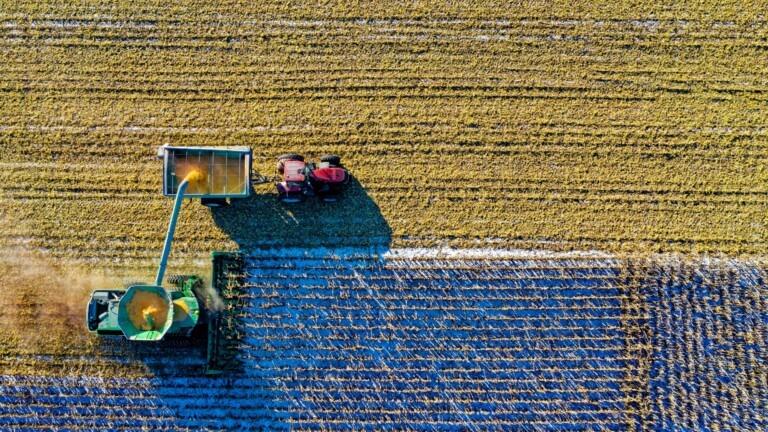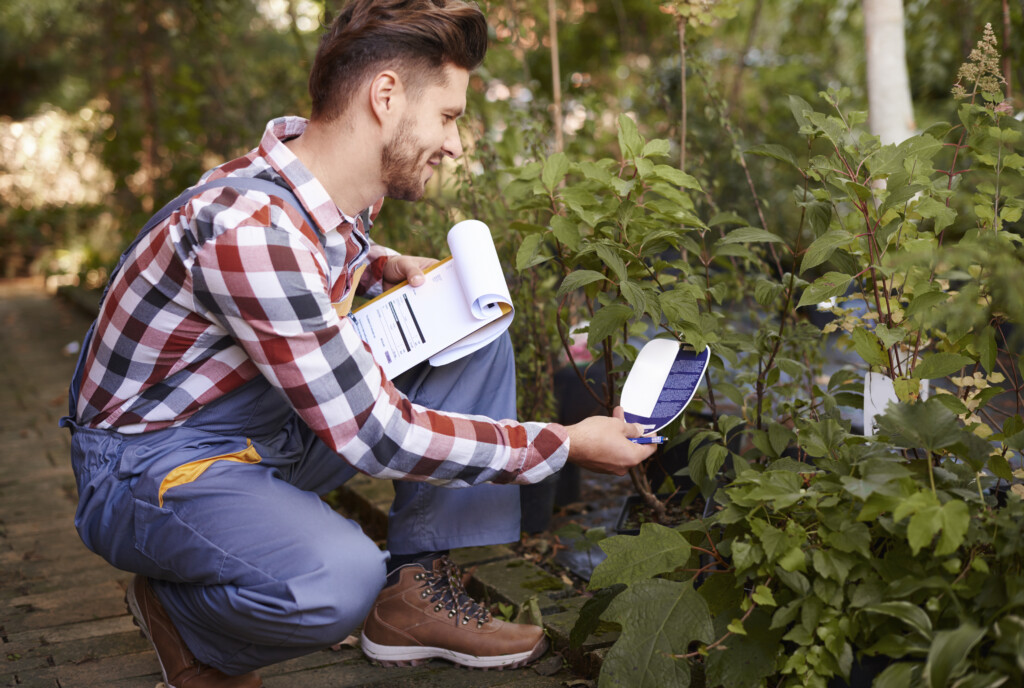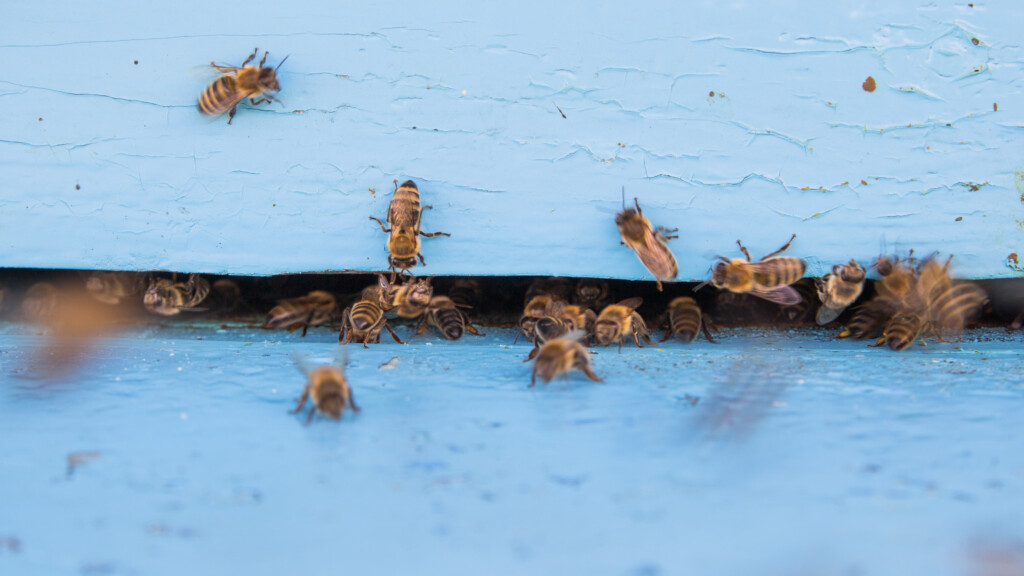How Smart AG and the IoT Are Improving Farming

Researchers estimate there are more than 608 million farms in the world, and productivity on those farms is critical to feeding the growing population of the planet. Yet despite its essential role in human survival, the agriculture industry faces considerable challenges.
Production costs are rising, climate change and associated weather complications are straining agricultural regions, and COVID-19’s economic effects have made it harder to get agricultural products to market or for farmers to acquire needed supplies in a timely, affordable manner. In short, the farming industry needs to become more efficient to better address a growing need.
One way to increase agricultural productivity is to implement new technology – including smart ag IoT solutions – that will help farmers become more efficient, successful, and sustainable. Research has shown improvements in low-power chip technologies, networks, and wireless connectivity have led to secure, private asset tracking becoming the fastest-growing IoT market, and the agricultural sector is benefiting from that growth.
As such, it’s no surprise to learn that the smart agriculture (Smart AG) market – which includes IoT sensors and associated networks and platforms – is expected to grow from $13.8 billion in 2020 to $22 billion by 2025.

How the IoT Helps Farmers
There are many ways IoT can play a role in farming and agriculture. Remote monitoring of crop conditions and physical assets can save time and labor doing routine farm observation. Data on soil quality and weather conditions can help farmers make better decisions about when to plant or harvest. Additional data from other points in the supply chain can give farmers a sense of market conditions and consumer needs – and being able to track products from farm to market can ensure better food safety and less waste.
IoT solutions like smart greenhouses that control the environment to create optimal growing conditions for plants, drones that can help farmers track grazing livestock, and sensors that monitor soil conditions to help manage irrigation. Farmers can monitor the data fed back to them by IoT devices using connected smart devices and analyze it so they can predict how best to manage their fields and livestock. Over the last decade, platforms that aggregate and analyze the data produced by sensors and other data collection systems have proliferated, providing more effective ways to forecast and manage agricultural production.
According to Insider Intelligence, nearly 12 million agricultural sensors will be feeding data to farmers around the world by 2023. The data they provide will help farmers lower their risk of crop failure; improve ROI in livestock, equipment, and crop supplies; and improve the quality of the products they bring to market.
Farming supported by data provided through IoT sensors has environmental benefits, too. An industry study released in early 2022 showed farmers that use “precision agriculture technologies” consistently see a 9% reduction in herbicide and pesticide use; a 6% reduction in fossil fuel use; and a 4% reduction in water use, among other benefits. Given that agriculture accounts for 90% of the world’s water consumption, that reduction could have a real impact.

Barriers to Smart Ag Adoption
Despite the many benefits of IoT asset tracking in agriculture, there are still obstacles to implementation. One hurdle is that farmers have traditionally been slow to adopt new technology in the field. Often farms are passed down through families, meaning the ways they work and share knowledge tend to be steeped in traditional, more low-tech methods.
Many are also concerned with how their data might be shared with smart ag companies and even with other farmers in their region, and how that might affect their ability to maintain control over their own land. Initiatives like Ag Data Transparent, which certifies that companies are in compliance with voluntary guidelines around data privacy, are helping farmers build confidence in technological advances in general, and the IoT in particular.
There is a potential benefit to aggregated data being shared with device manufacturers, however. Smart AG tech companies can leverage that data to improve their products and improve results for farmers adopting these new approaches.

Successful Smart Ag and Asset Tracking
Smart ag implementation can have a number of applications, from equipment to livestock. Here are a few examples of how farmers are using asset tracking to stay productive and boost ROI:
- Monitor for disorders that might adversely affect bee colonies: By placing low-cost Utilizing IoT sensors inside beehives to monitor data ranging from temperature to mite activity to the presence of a queen, companies like BeeHero and Nectar are helping reduce mortality rate among bee populations and optimize pollination quality, which leads to better crop yields.
- Tracking cows’ feed content to optimize milk production: With a pocket-sized spectrometer, a smartphone application, and the cloud, farmers can get real-time, lab-quality analysis of what their cows are eating to help maximize milk output without wasting hay and other sources of nutrients.
- Detecting illness and mating status of cattle herds: By attaching Farmnotes’ sensors to cows and collecting behavioral data that can then be compared to aggregate clinical data, farmers can more easily evaluate and manage their herds even when they’re spread across a wide acreage.
- GPS mapping and management of crops to create more efficient yield: By mapping out farmland and using GPS to track their location around their farms, farmers can ensure they are delivering the right water, fertilizers, and pesticides exactly where it needs to go at the exact right time. This is a case where being a micromanager pays off by helping better control infestations, match water usage to particular crop needs, and even work in low-visibility conditions that would be untenable without GPS guidance.
- Using in-ground sensors and drones to monitor soil health: By combining IoT sensors that measure soil quality, (i.e. moisture, solar radiation, nutrient content, etc.) with fly-by crop inspections performed by drones, farmers are able to better ensure the optimal conditions to grow their crops.
- Viewing live feeds of farm assets when needed: Farmers using aroba’s View technology can view private, secure video feeds of anything from greenhouses to livestock barns, saving them from having to actually monitor fields and buildings in person at all times.
- Providing consumers with fresh produce direct from the farm: Cookpad Mart uses an automated IoT label printer to allow farmers to skip the logistics of delivery centers and ship their goods directly to consumers. This allows for fresher fruits and vegetables, reduces the risk of damage in transit, and allows farmers to sell their products at a higher profit margin.
Asset tracking in agriculture relies on an ever-expanding IoT to be truly efficient and effective. By leveraging sensors that can track everything from soil to crop health to livestock to equipment, farmers can get a better real-time picture of what is happening on their farms, and build a more sophisticated, data-backed cultivation practice. As the world’s population expands – creating more mouths to feed – and the climate continues to change, smart ag technology will help create more productive farms that have a lighter impact on the earth.
***
To learn how Soracom has supported smart ag and asset tracking through IoT applications, connectivity, and more, read our agriculture case studies or contact us for a free consultation.



